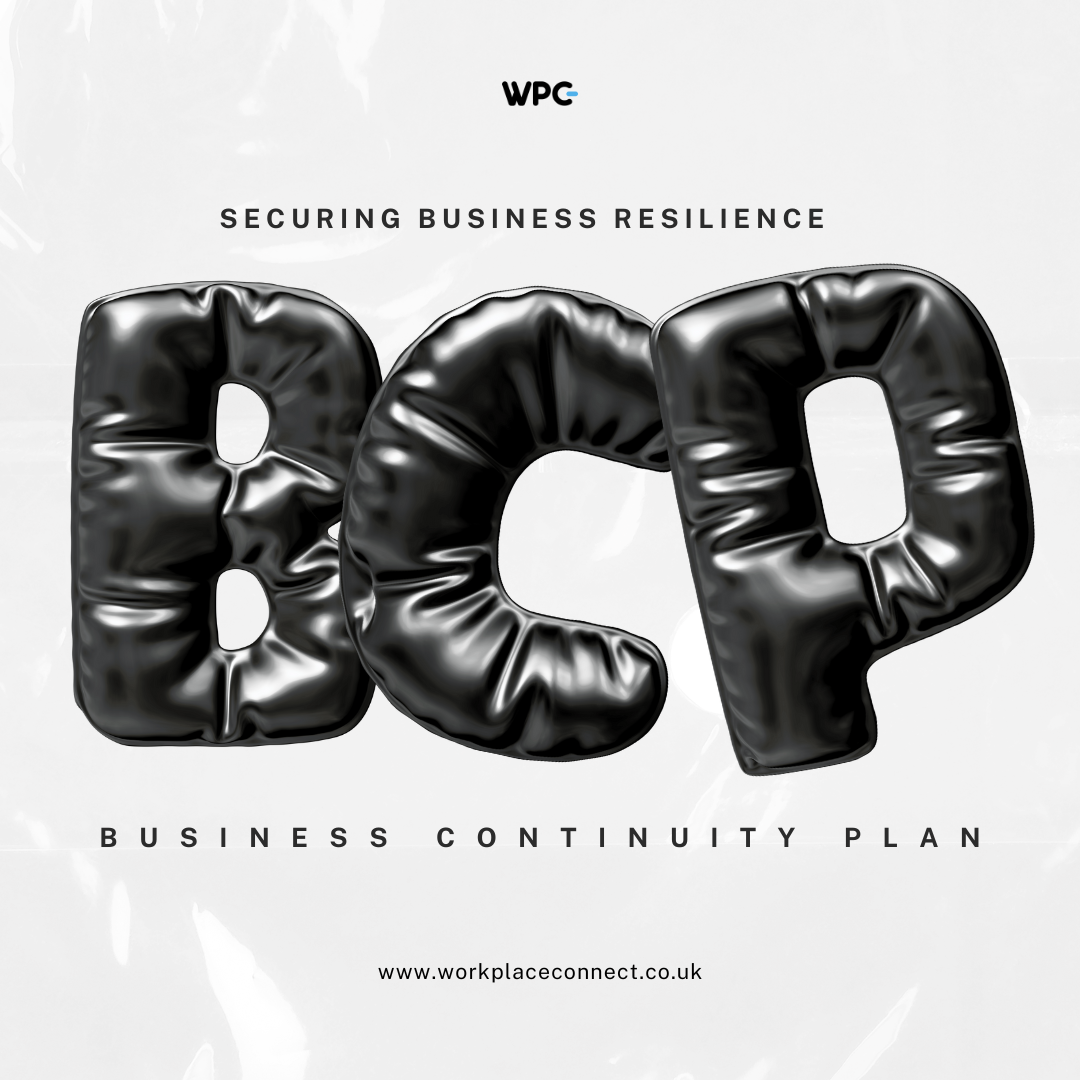Unexpected events such as natural disasters, technology breakdowns, or worldwide pandemics might cause your business’s productivity to come to a halt. These occurrences serve as a sharp reminder of the uncertainty with which businesses must deal regularly. For small and medium-sized businesses (SMBs), having a Business Continuity Plan (BCP) is not simply a precaution, but a must. According to a 2020 IBM analysis, SMBs can face downtime charges ranging from £109 to £339 per minute. In severe circumstances, continuous downtime can cause substantial setbacks or possibly the failure of many such businesses.
This instructional overview intends to emphasise the need for a Business Continuity Plan for enterprises, ensuring that they are prepared to deal with unexpected disruptions successfully.
What is a Business Continuity Plan (BCP)?
A Business Continuity Plan is a thorough approach that ensures your company’s continued operations in the case of unanticipated disruptions. These interruptions can take many forms, including natural disasters, cyber-attacks, and human mistakes. The BCP specifies the methods and processes your organisation will use during a crisis, including operations, assets, human resources, technology, and safety. The primary purpose is to keep critical functions running until regular operations can resume.
Understanding the Differences Between Business Continuity Plans and Disaster Recovery Plans
Understanding the difference between a Business Continuity Plan (BCP) and a Disaster Recovery Plan (DRP) is critical to building a comprehensive strategy for organisational resilience during times of disaster. These plans are interrelated, although they serve diverse goals.
A business continuity plan (BCP) is a comprehensive approach that assures a company’s activities can continue after and during an unforeseen occurrence. This strategy addresses a wide range of corporate tasks, from operational continuity, such as maintaining essential processes operating, to human resource management, which includes worker availability and productivity. It also includes strategies for sustaining supply chain and vendor services, preserving continuous customer relationships, and adjusting physical workspaces as needed.
A Disaster Recovery Plan, on the other hand, is a subset of the BCP that focuses on IT and technological issues in the aftermath of a crisis. The DRP encompasses crucial components such as data recovery to reduce loss, rebuilding IT infrastructure, restoring critical software programs and systems, and re-establishing IT-dependent channels of communication.
Why is a BCP Important?
Consider the following scenario: your office experiences a severe fire. Key questions arise, like where and how your workers will continue to work. Can customer service activities be maintained? Where would the leadership team meet for crucial decisions? A BCP provides more than just an IT restoration plan; it also serves as a comprehensive framework for your company’s entire resilience and financial sustainability. It also helps to keep your team’s and customers’ trust amid an emergency.
Essential Elements of a BCP
A robust BCP should include the following elements:
-
- Identification of Critical Functions: Determine the critical tasks in your firm, such as fulfilling orders or customer service. Understanding these priorities contributes to good crisis management.
-
- Risk Assessment: Determine probable crises that may affect your firm, ranging from natural disasters to cyber-attacks. Concentrate on recovery instead of becoming bogged down in all potential scenarios.
-
- Recovery Strategies: Create strategies for all important functions and processes. Consider alternative operations, backup systems, and other locations. Use straightforward communication tools such as flowcharts and checklists.
-
- Data Backup and Recovery: Make regular backups of essential firm data and create methods for speedy data restoration.
-
- Communication Plan: Describe how you will interact with staff, clients, and stakeholders during a crisis. This ought to involve contact information and modes of communication.
-
- Alternative Operations: Prepare for circumstances in which your main office is unavailable. Establish ties with alternate providers if necessary.
-
- Review Schedule: Constantly update and review your BCP, and practise drills to ensure everyone understands their roles during a crisis.
Is a BCP Right for Your Business?
No company is immune from calamities. ConnectWise’s 2022 threat assessment revealed that over two-thirds of midsize organisations have experienced a ransomware assault in the previous 18 months, with considerable recovery expenditures. The fundamental goal of a BCP is to reduce interruption and permit a quick restoration to normal operations. Review your current BCP, or use this as an opportunity to create one if you haven’t previously. Remember, a well-prepared BCP is more than just a backup plan; it is an essential component of your company’s resilience strategy.







